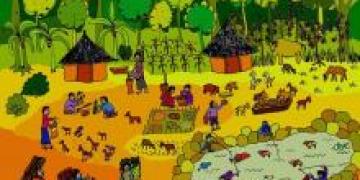Law on Urban Agriculture for the city of São Paulo
Closing the gap between city administration and local residents
Visibility, communication, and guidance lead to replication
Vacant urban land and landuse contracts
Financing the community gardens
Agricultural Training Courses and Prior Knowledge in Agriculture
